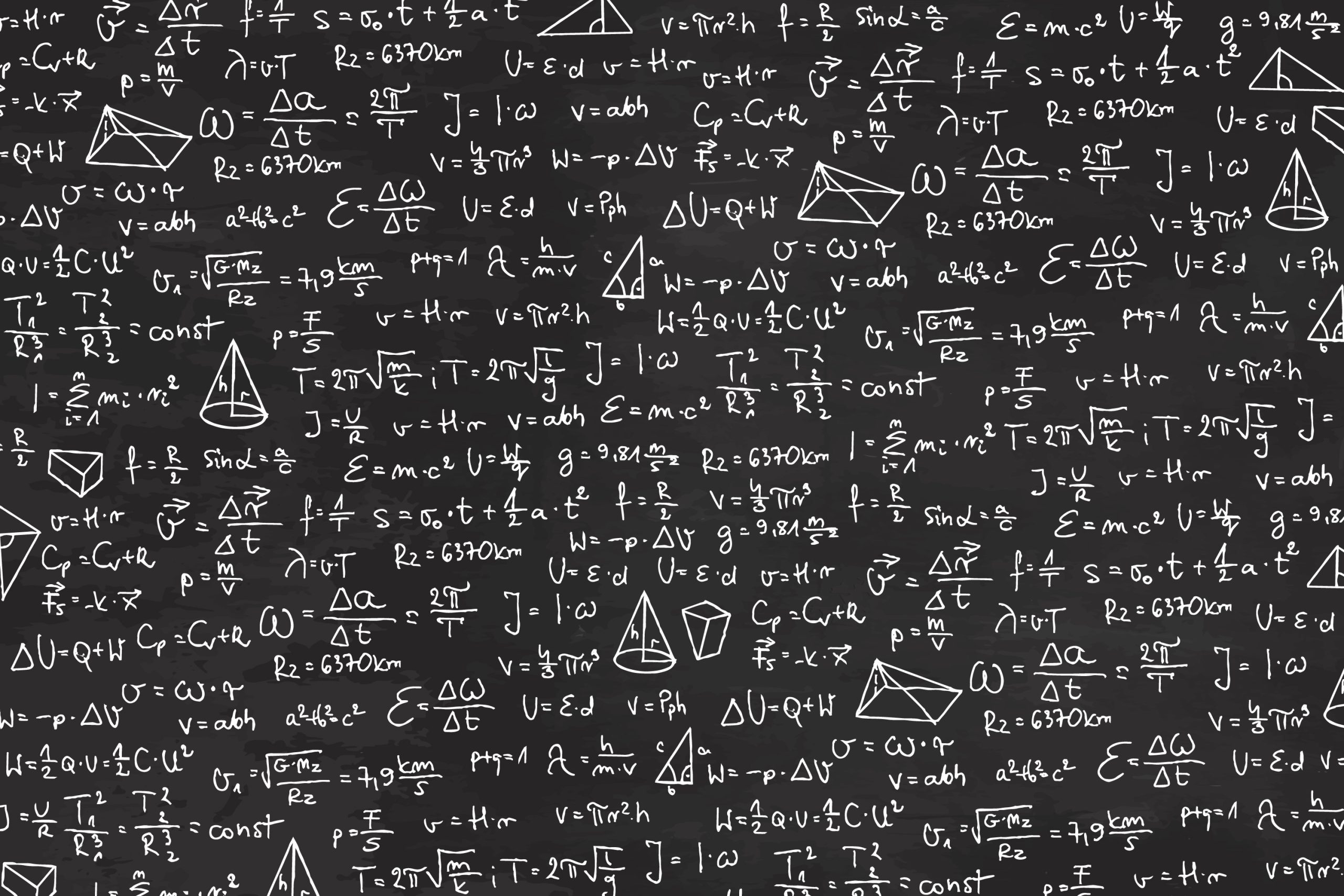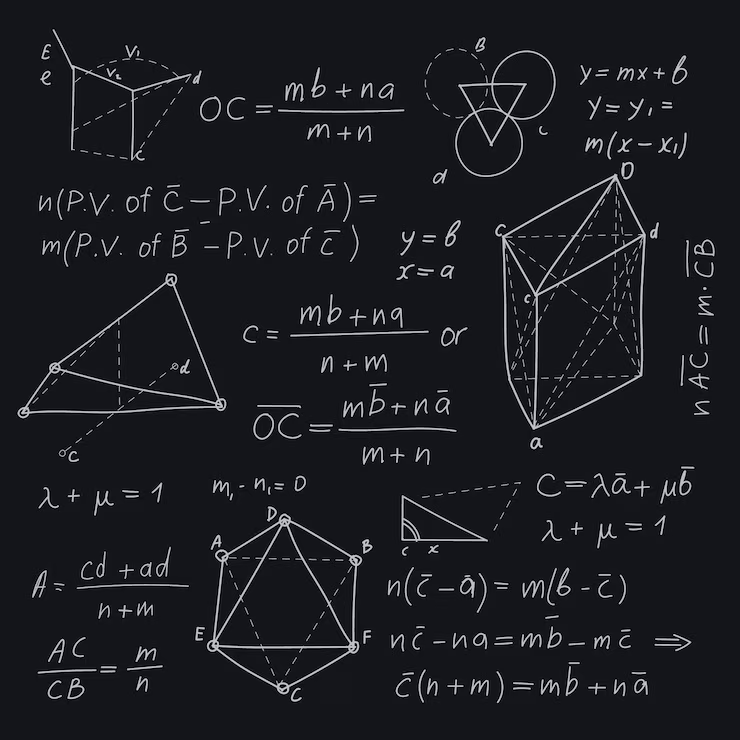
A Comprehensive Exploration of Abstract Algebra
Abstract algebra, a significant branch of mathematics, extends beyond the traditional arithmetic and algebra we encounter in early mathematical studies.
It involves the study of algebraic structures such as groups, rings, fields, and modules, and plays a critical role in various domains of mathematics and science.
Abstracting the essential features of algebraic operations, mathematicians can explore the underlying structures common to many different mathematical systems.
This article delves into the fundamental concepts of abstract algebra and highlights its applications, emphasizing its profound importance in both theoretical and applied mathematics.
1. What is Abstract Algebra?
Abstract algebra studies algebraic systems in a highly generalized form. It moves away from specific numbers or equations and instead focuses on sets equipped with operations that satisfy certain properties. Unlike elementary algebra, which deals with solving equations using numbers and variables, abstract algebra involves defining and analyzing structures like:
- Groups
- Rings
- Fields
- Modules
- Vector Spaces
The approach allows mathematicians to reason about operations and transformations in a generalized manner, leading to deeper insights in mathematics, cryptography, physics, and more.
2. Core Concepts and Structures in Abstract Algebra
Here’s a closer look at some of the fundamental structures in abstract algebra:
2.1. Groups
A group is one of the most basic structures in abstract algebra. It consists of a set 𝐺 combined with a binary operation that satisfies four essential properties:
Closure: For every 𝑎, 𝑏 ∈ 𝐺, a * 𝑏 ∈ 𝐺.
Associativity: For every 𝑎 , 𝑏 , 𝑐 ∈ 𝐺 a, b, c ∈ G, ( 𝑎 ∗ 𝑏 ) ∗ 𝑐 = 𝑎 ∗ ( 𝑏 ∗ 𝑐 ) (a ∗ b)∗ c = a ∗ (b ∗ c).
Identity Element: There exists an element 𝑒 ∈ 𝐺 e ∈ G such that for every 𝑎 ∈ 𝐺 a ∈ G, 𝑒 ∗ 𝑎 = 𝑎 ∗ 𝑒 = 𝑎 e ∗ a = a ∗ e = a.
Inverse Element: For every 𝑎 ∈ 𝐺 a ∈ G, there exists an element 𝑏 ∈ 𝐺 b ∈ G such that 𝑎 ∗ 𝑏 = 𝑏 ∗ 𝑎 = 𝑒 a ∗ b = b ∗ a = e, where 𝑒 e is the identity element.
Groups can be classified as abelian (commutative) if the operation is commutative (i.e., 𝑎 ∗ 𝑏 = 𝑏 ∗ 𝑎 a ∗ b = b ∗ a) or non-abelian if it isn’t.
Applications of group theory include symmetry analysis in physics, Rubik’s cube algorithms, and number theory.
2.2. Rings
A ring is a set 𝑅 equipped with two binary operations, typically called addition and multiplication, satisfying properties that extend group theory:
Additive Group: 𝑅 forms an abelian group under addition.
Multiplication: 𝑅 is closed under multiplication, and multiplication is associative.
Distributive Property: Multiplication distributes over addition.
Examples of rings include the set of integers 𝑍, matrices, and polynomial rings. Rings are fundamental in number theory, algebraic geometry, and coding theory.
2.3. Fields
A field is a ring where every non-zero element has a multiplicative inverse. In a field, both addition and multiplication are commutative operations, making fields particularly useful in solving linear equations and studying vector spaces.
Fields like 𝑄 (rational numbers), 𝑅 (real numbers), and 𝐶 (complex numbers) are essential in both pure and applied mathematics.
2.4. Vector Spaces and Modules
Vector spaces generalize fields by allowing linear combinations of elements with coefficients in a field. Modules extend this concept further by allowing coefficients to come from a ring instead of a field.
Vector spaces are pivotal in linear algebra, which underpins much of modern science and engineering, while modules are central to many branches of abstract algebra and algebraic topology.
3. Applications of Abstract Algebra
Abstract algebra might seem highly theoretical, but its applications are widespread across science, engineering, and technology:
3.1. Cryptography
Modern cryptography relies heavily on number theory and algebraic structures like groups, rings, and fields. Public-key encryption algorithms, such as RSA and ECC (Elliptic Curve Cryptography), are built on the properties of algebraic systems.
3.2. Coding Theory
Error-detecting and error-correcting codes used in digital communication and data storage leverage abstract algebra. Structures like finite fields (Galois fields) are critical in designing these codes, enabling reliable transmission of information across noisy channels.
3.3. Physics
In theoretical physics, group theory is essential in understanding symmetries and conservation laws. The Standard Model of particle physics, which explains fundamental forces and particles, is based on symmetry groups like SU(3) and SU(2).
3.4. Robotics and Computer Vision
Abstract algebra is used in robotic motion, computer vision, and 3D graphics, particularly in understanding transformations and rotations via matrix groups and quaternion algebra.
4. Challenges and Advanced Topics in Abstract Algebra
Abstract algebra grows in complexity as mathematicians explore deeper concepts like:
Homomorphisms and Isomorphisms: These structure-preserving maps allow for the comparison and classification of algebraic structures.
Galois Theory: This connects field theory with group theory and provides a comprehensive understanding of polynomial equations and their solvability.
Representation Theory: This explores how groups can act on vector spaces, finding extensive applications in quantum mechanics and other areas of mathematics.
Conclusion
Abstract algebra is more than just a collection of abstract ideas—it provides the foundational framework for understanding patterns, symmetry, and structure across mathematics and science.
Whether you’re solving complex equations, designing cryptographic systems, or exploring the symmetries of the universe, abstract algebra offers powerful tools and insights.
Its principles continue to influence and advance fields as diverse as physics, computer science, and beyond, proving that abstract concepts can lead to tangible innovations.
Understanding and mastering abstract algebra equips mathematicians and scientists with the skills needed to tackle some of the most challenging and exciting problems in both theoretical and applied research.


